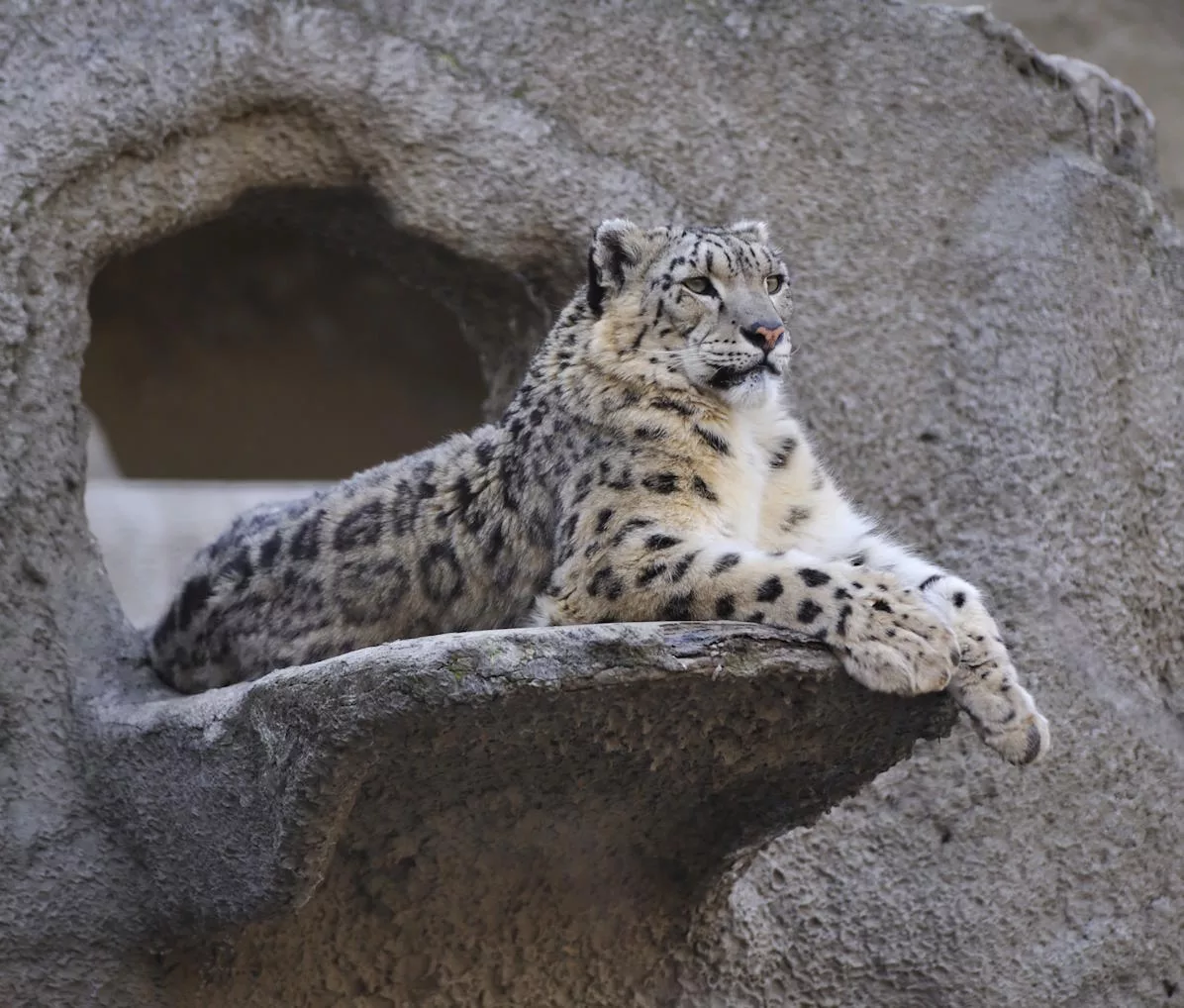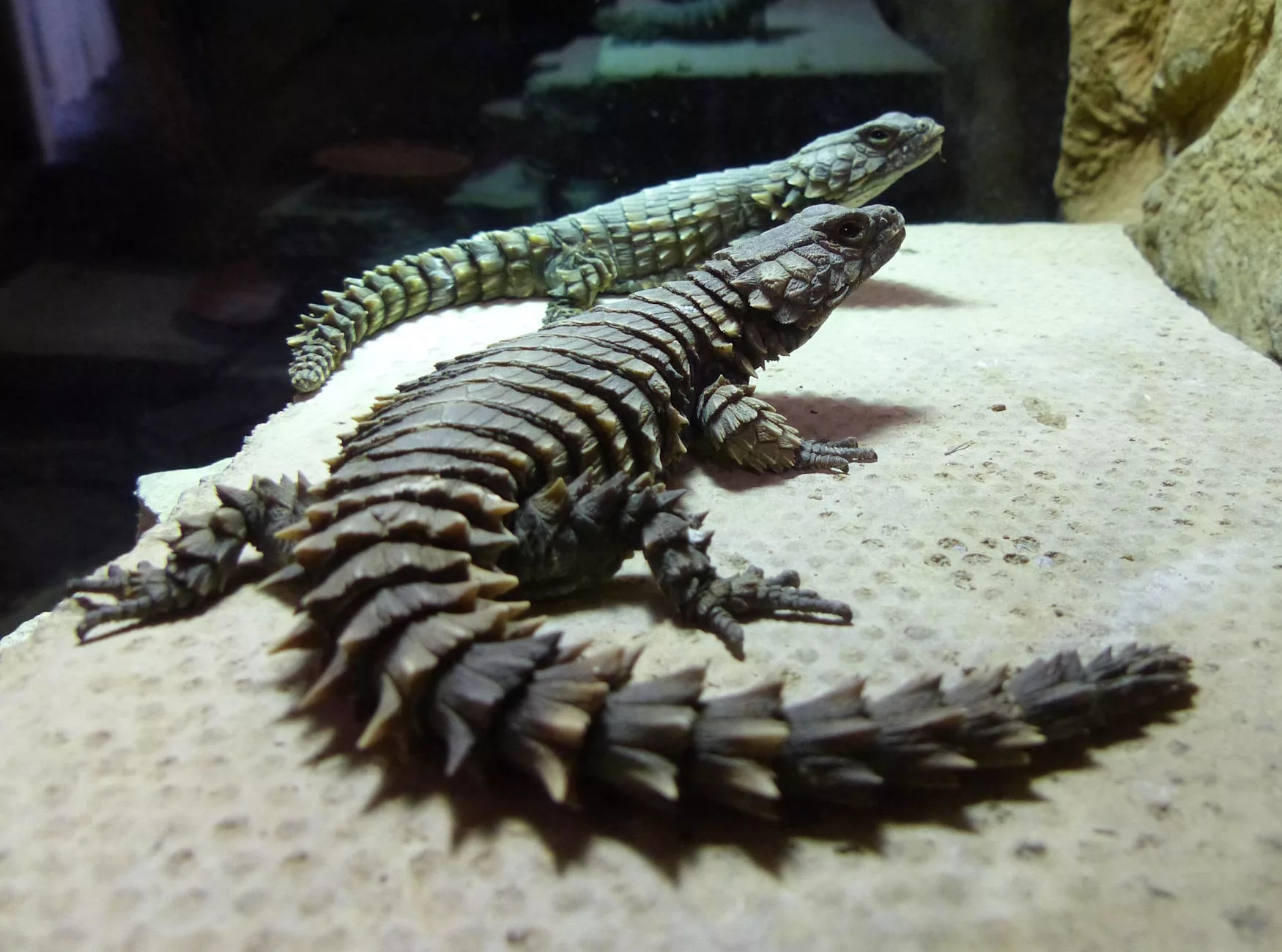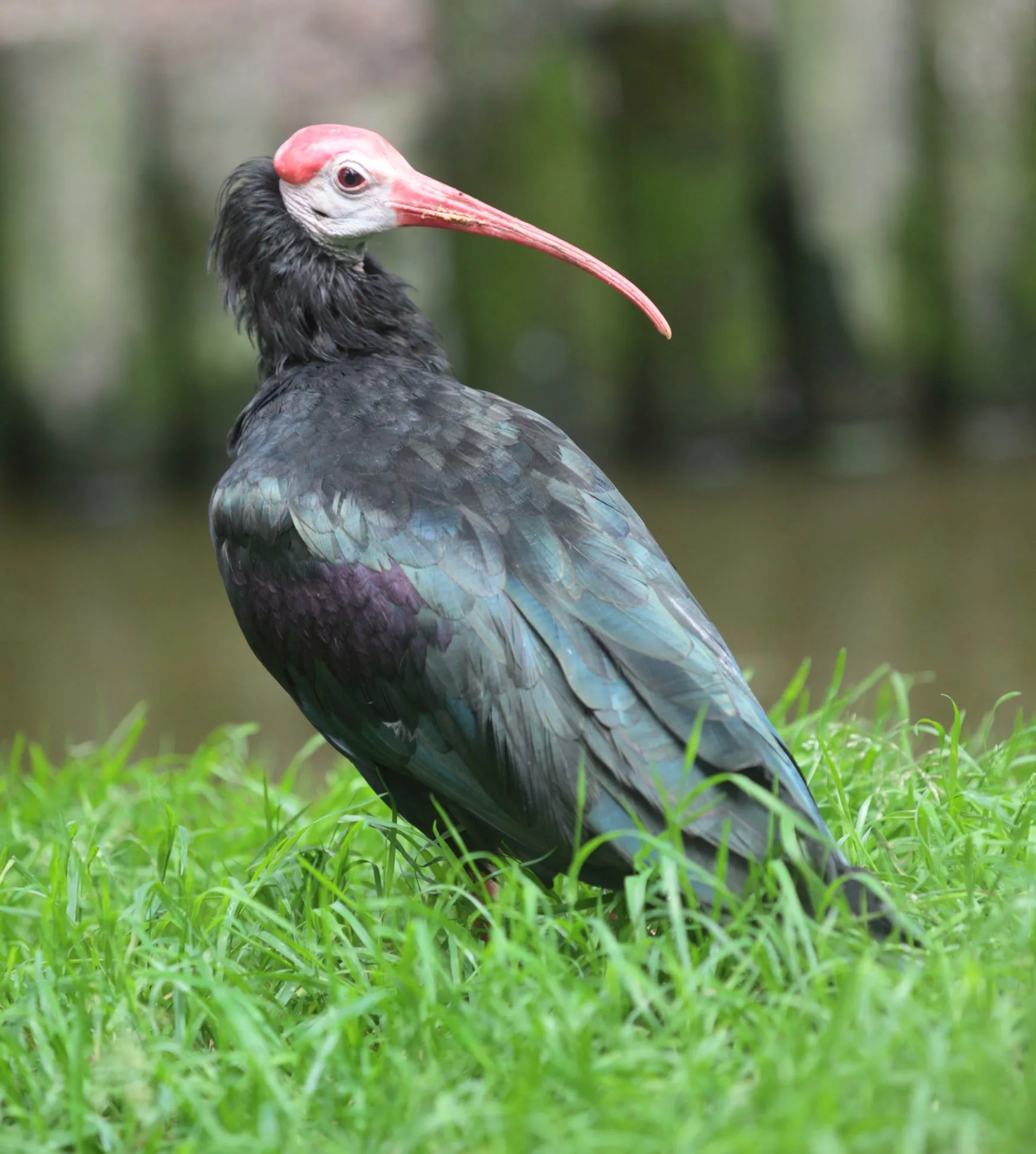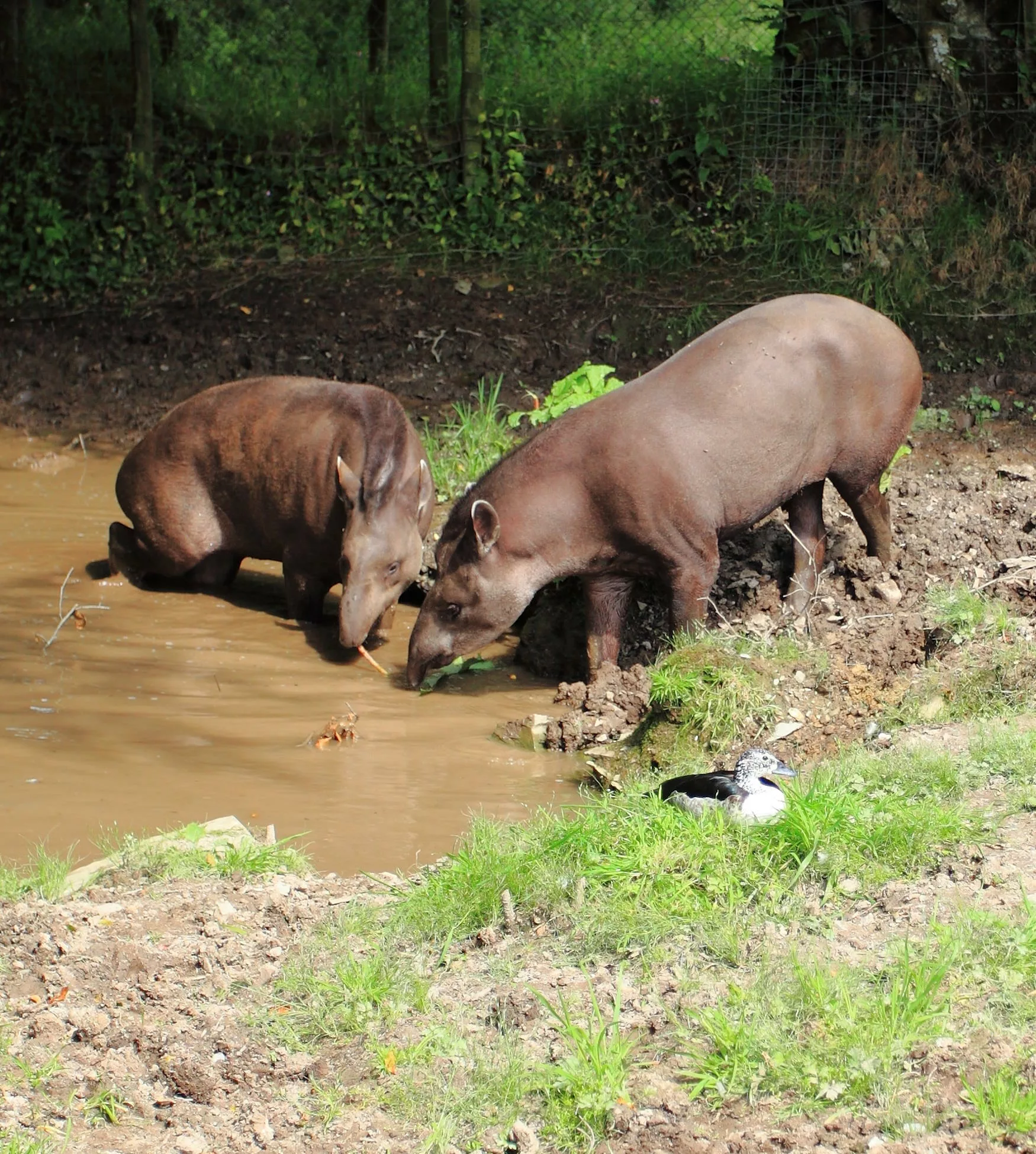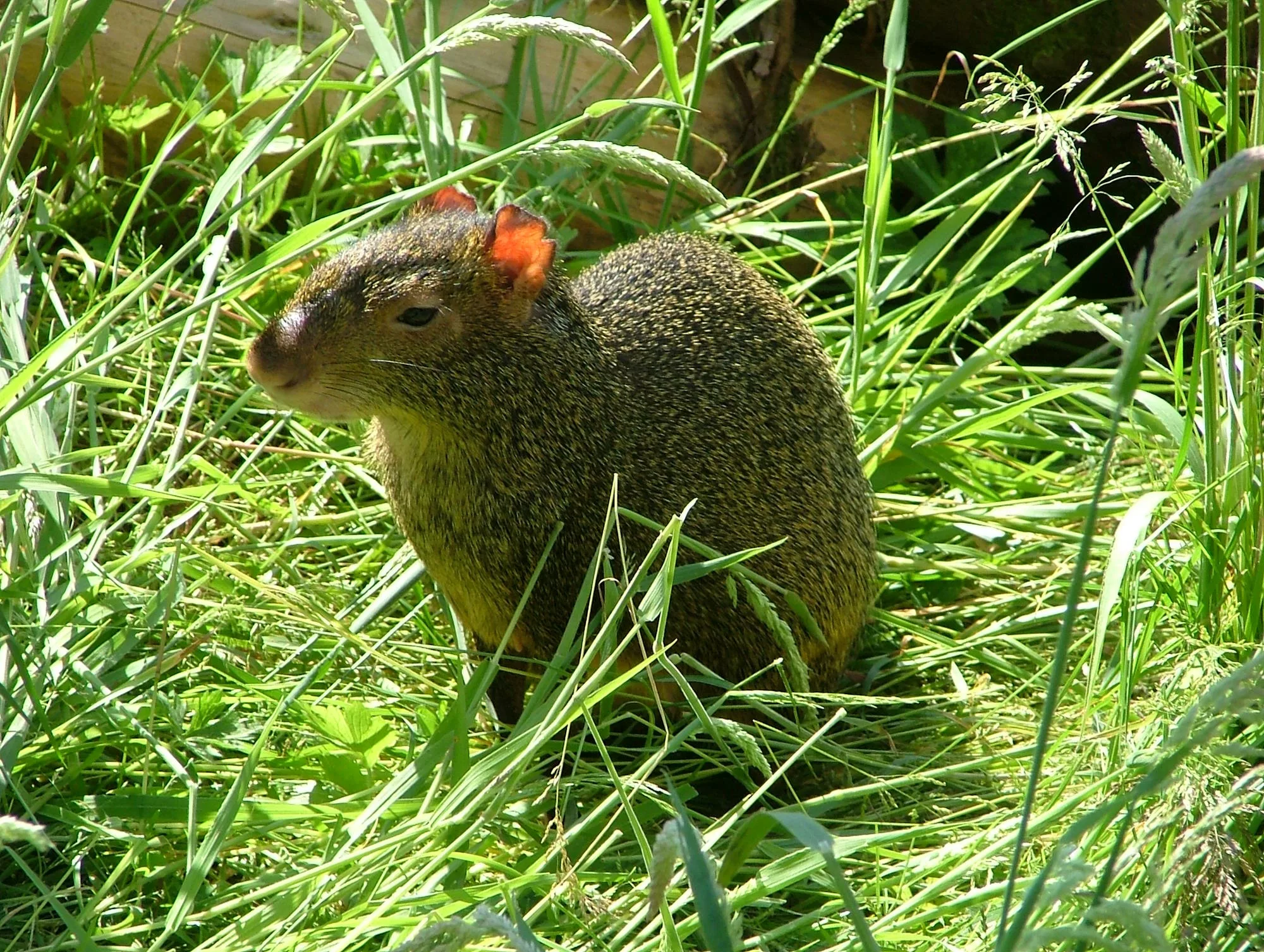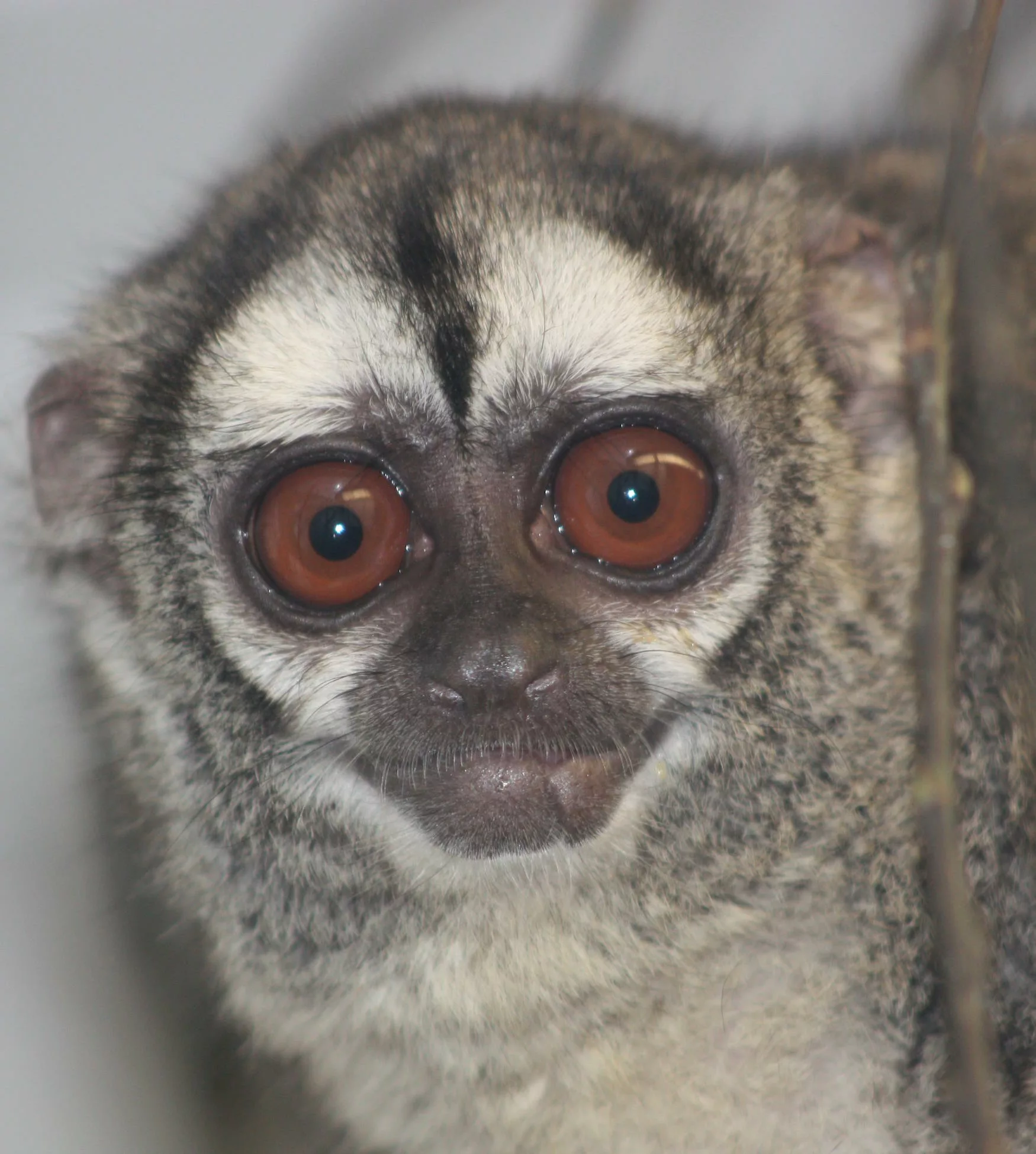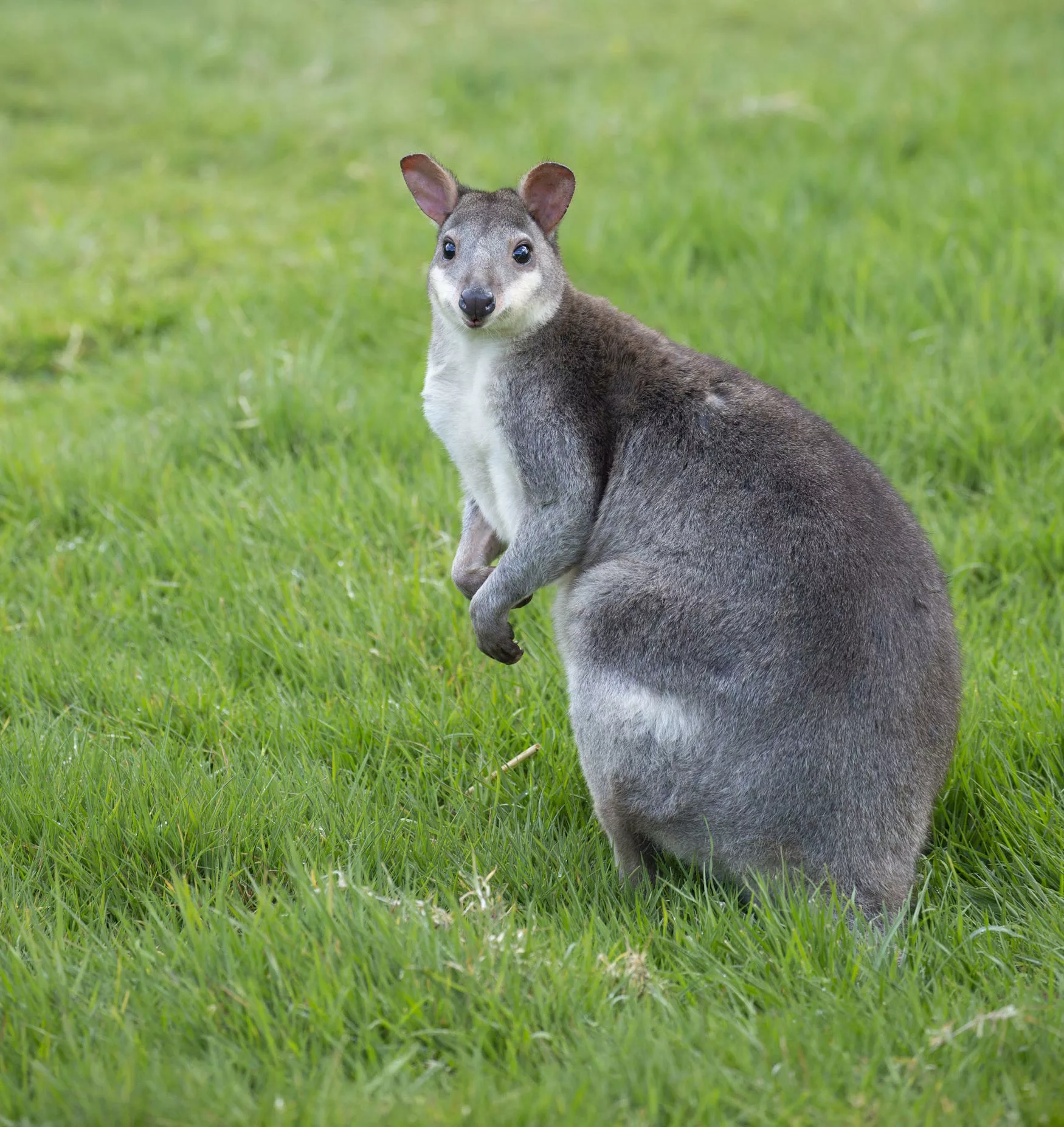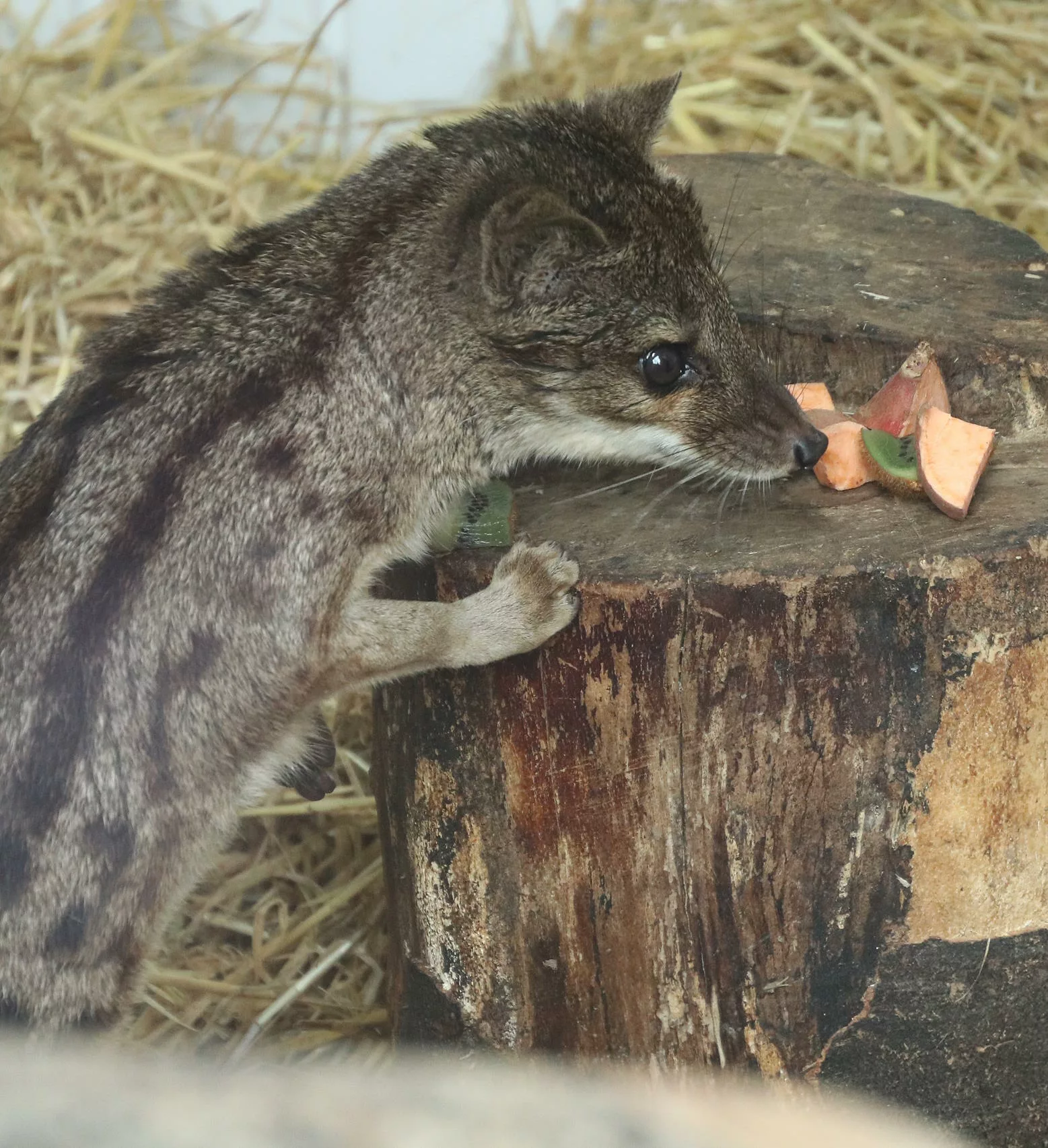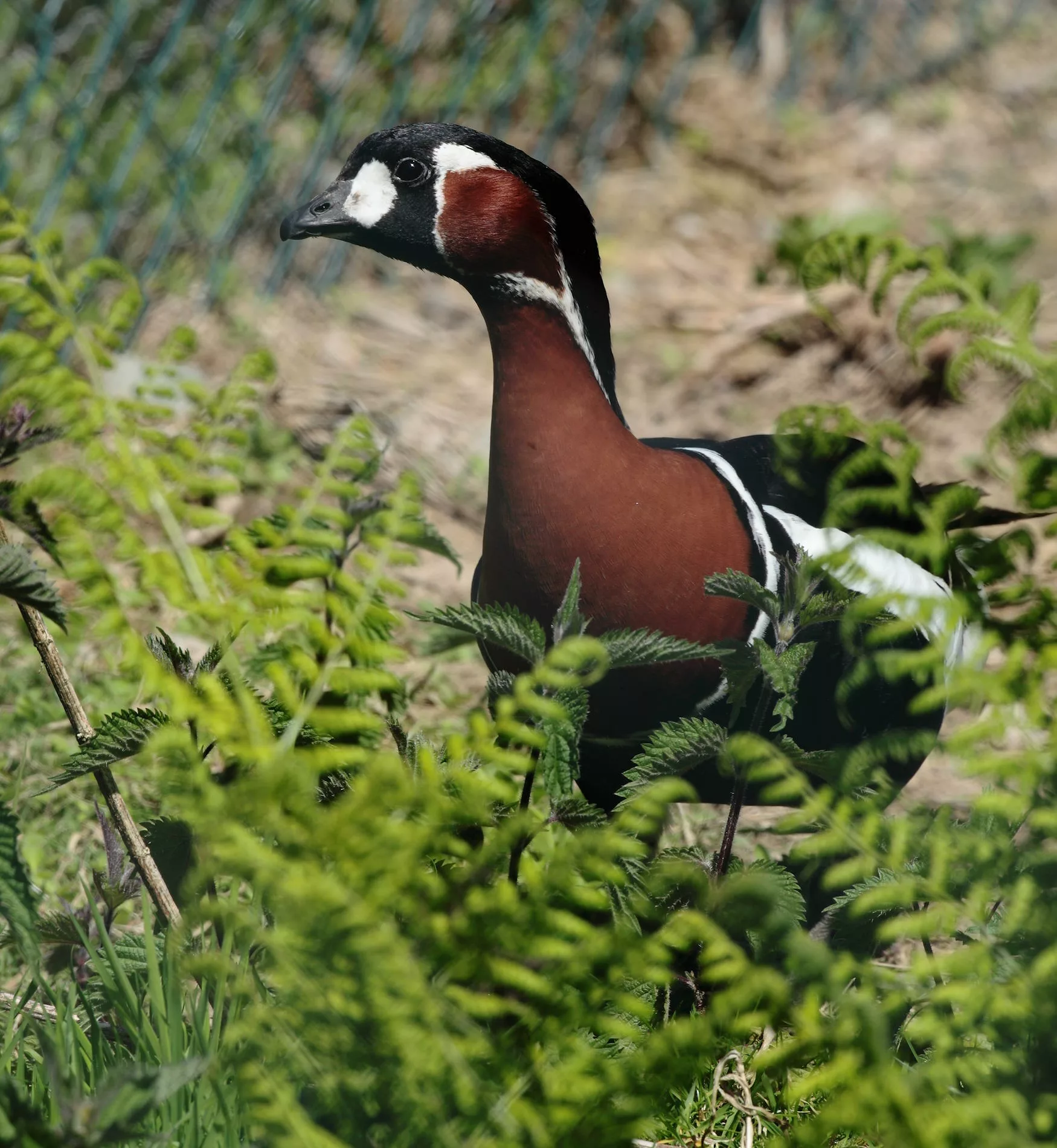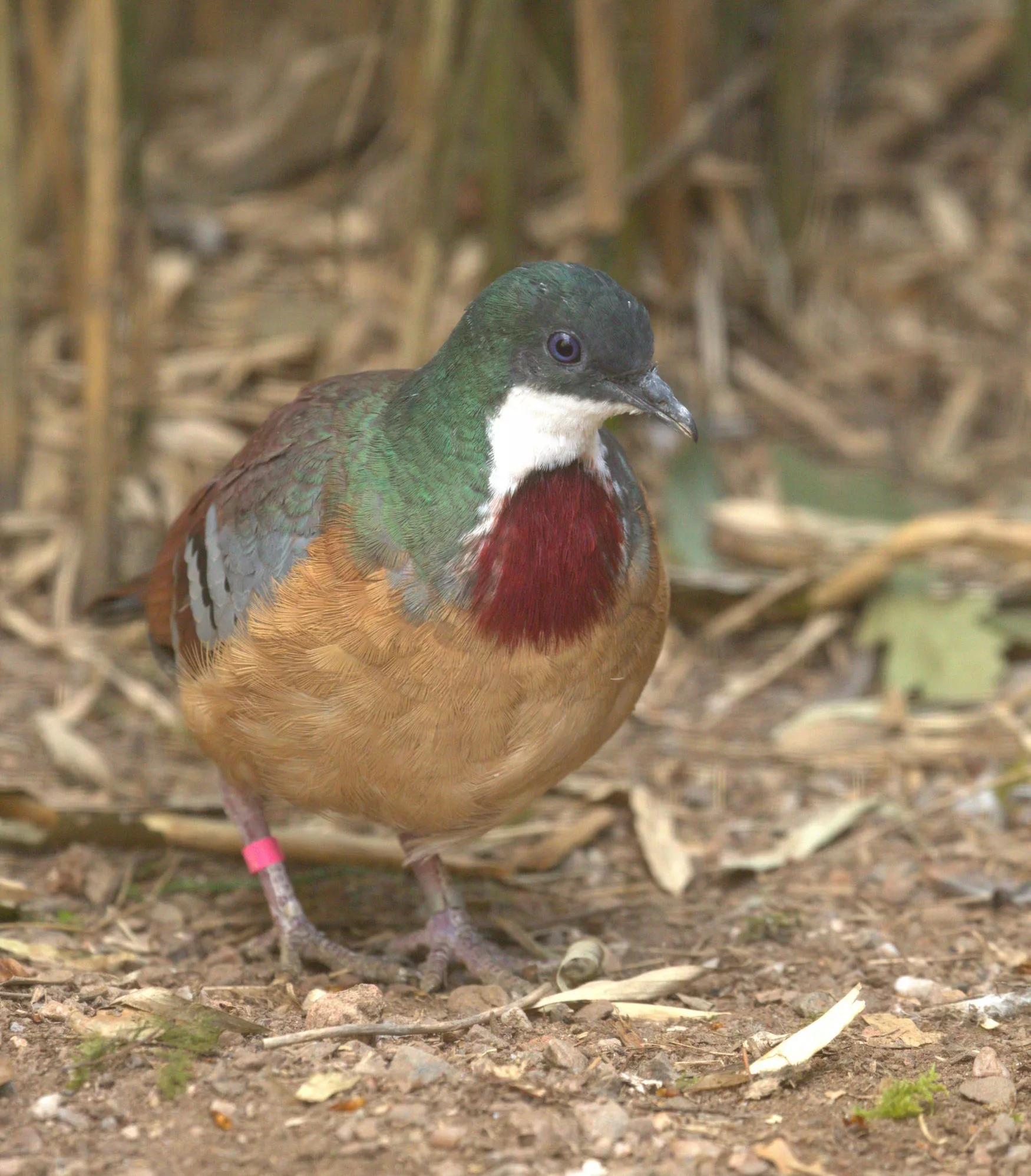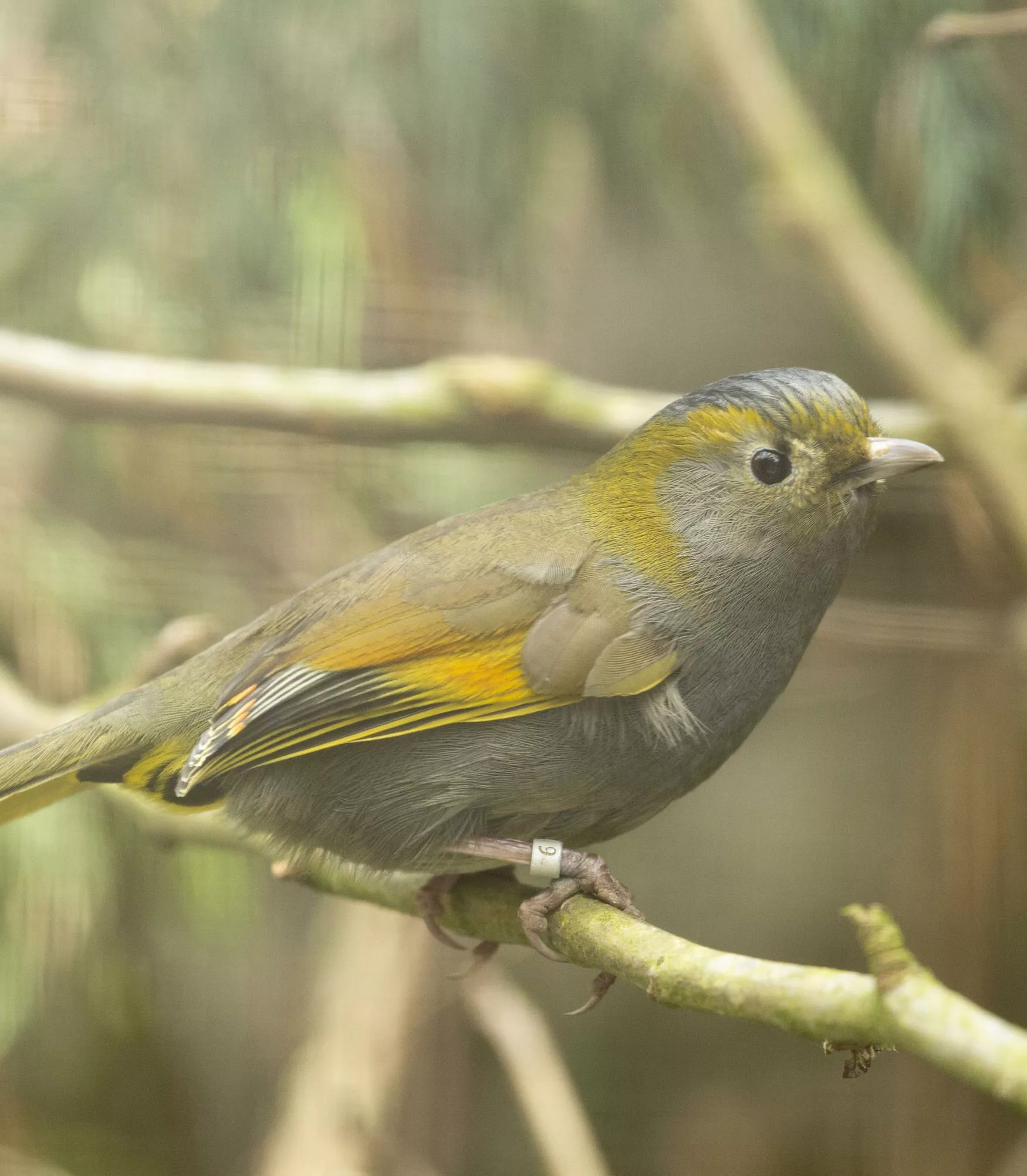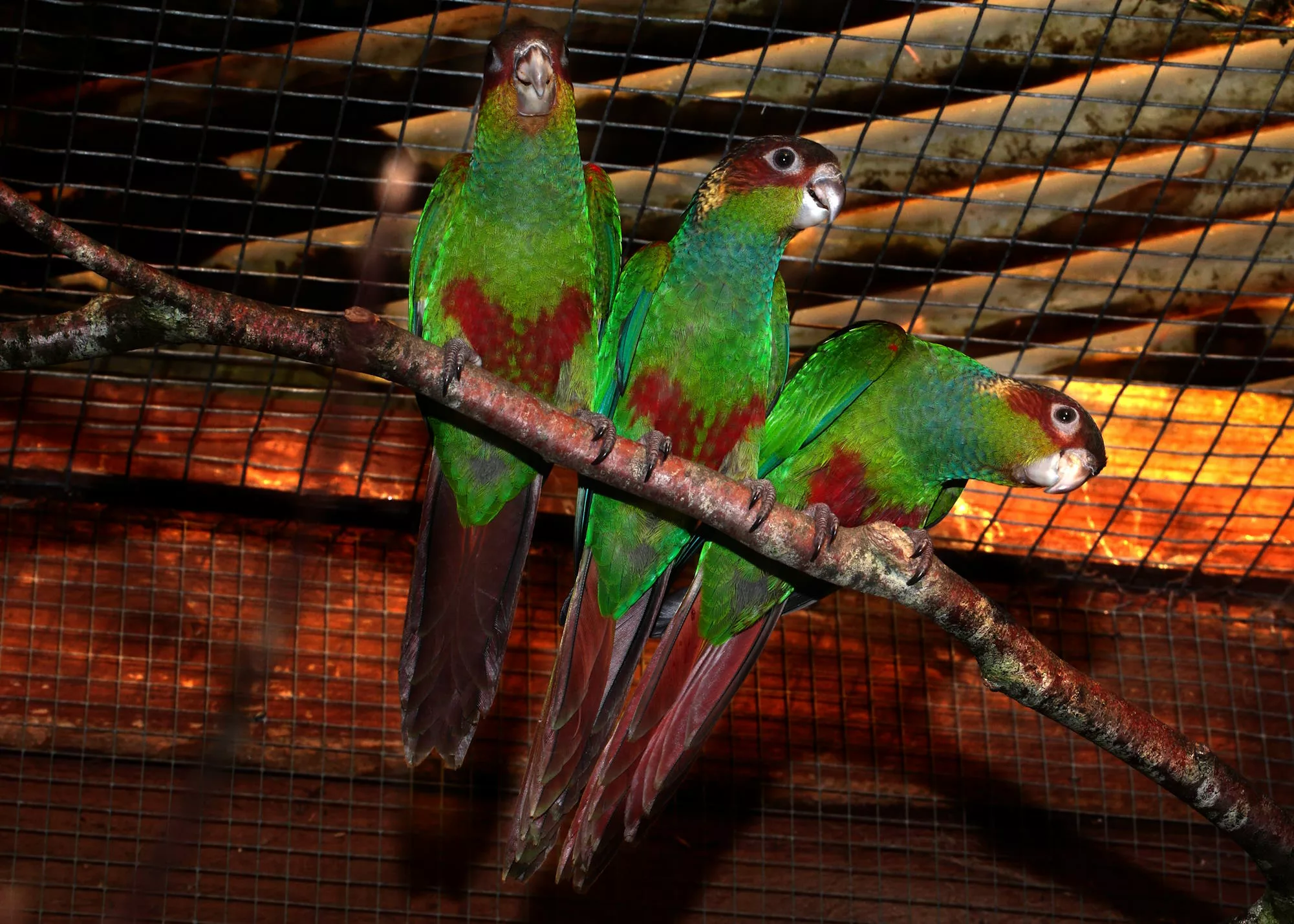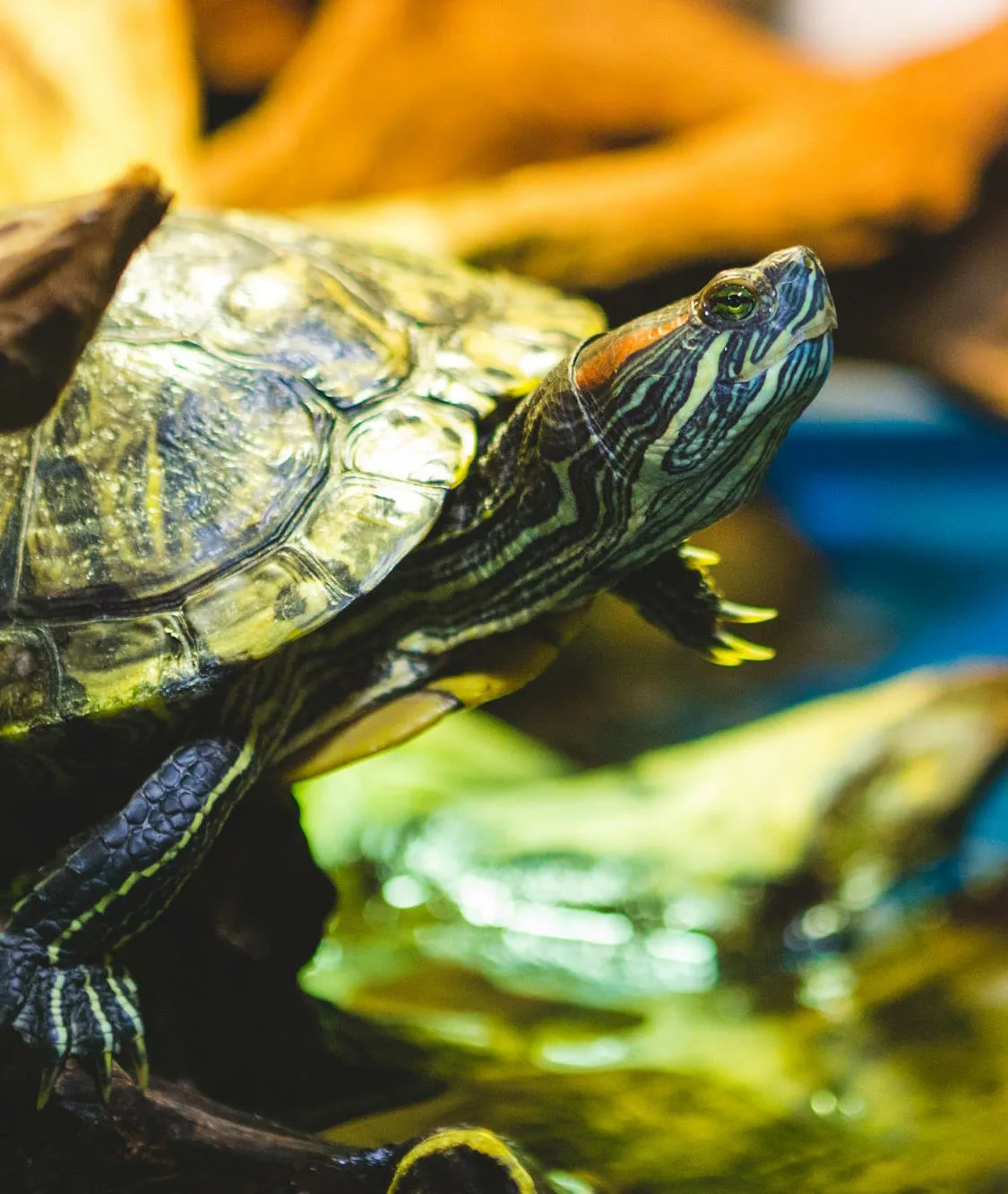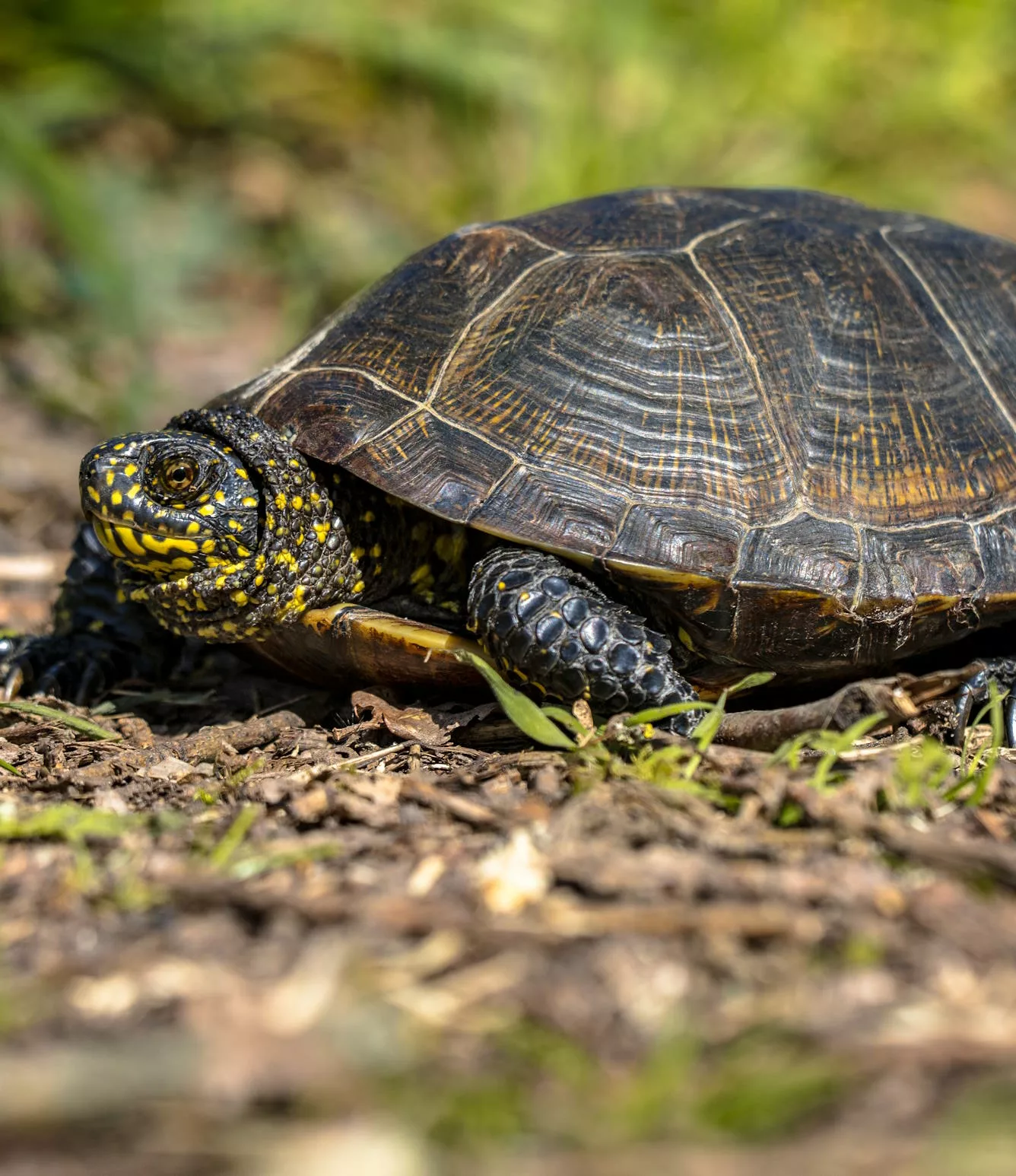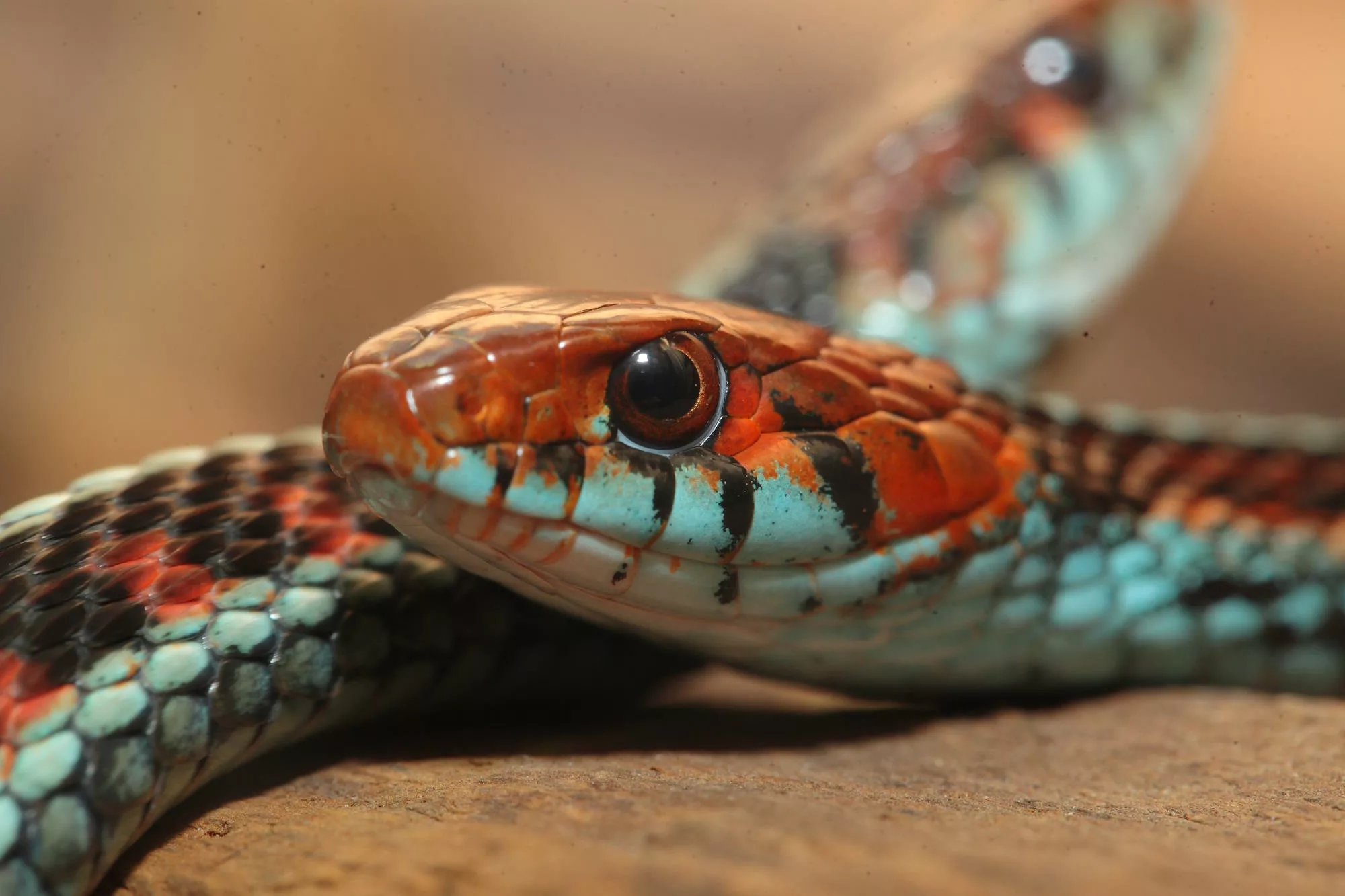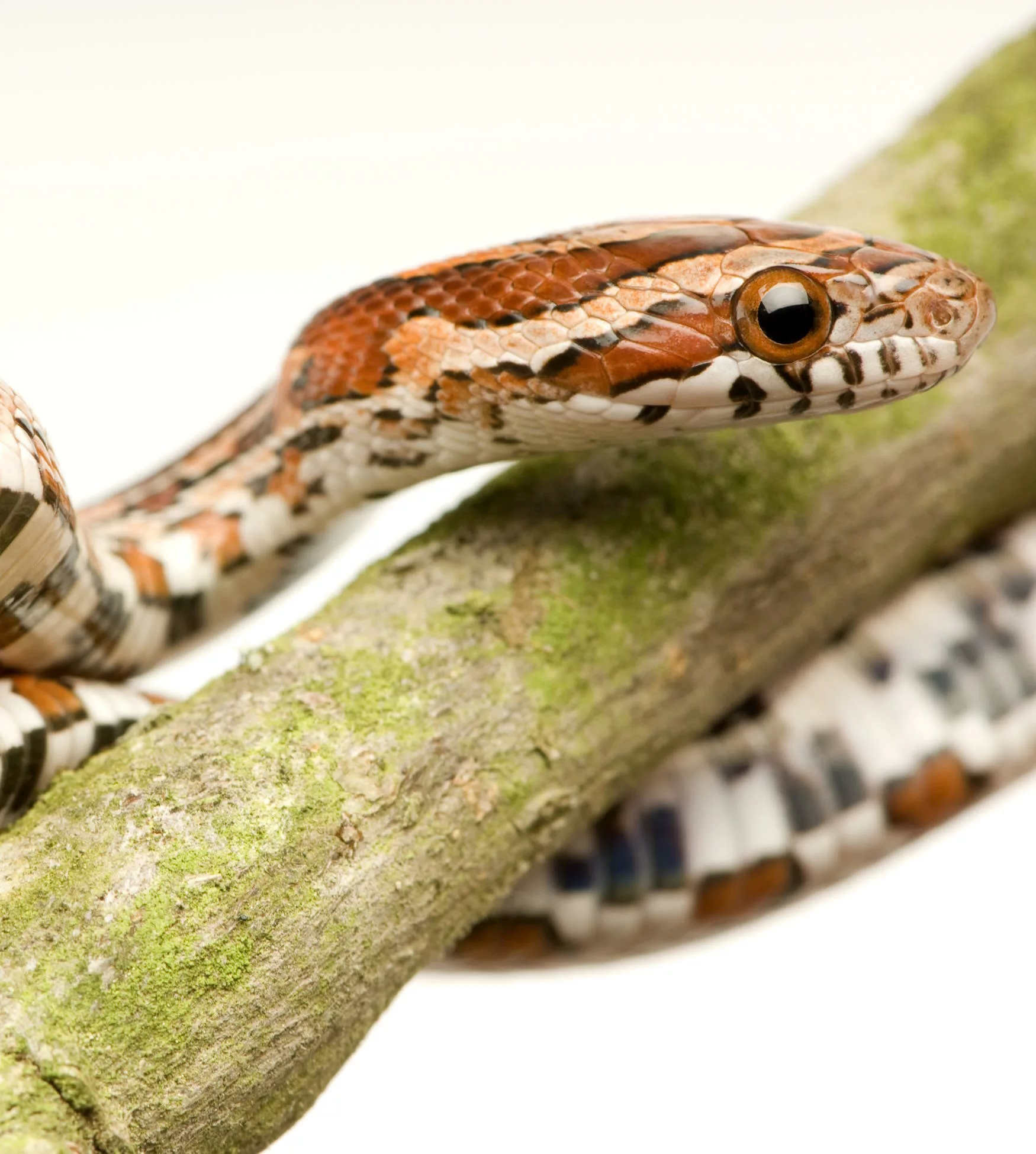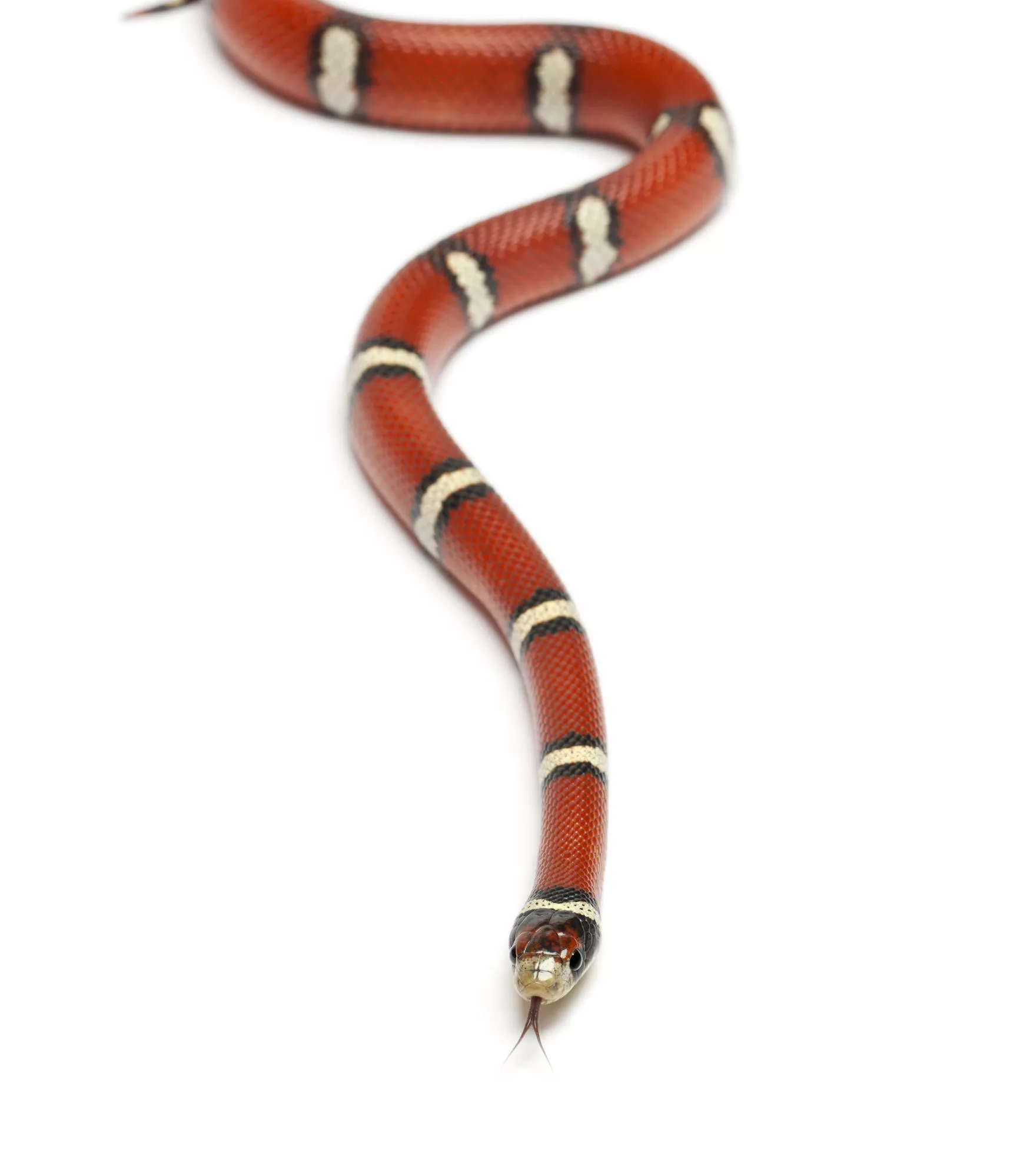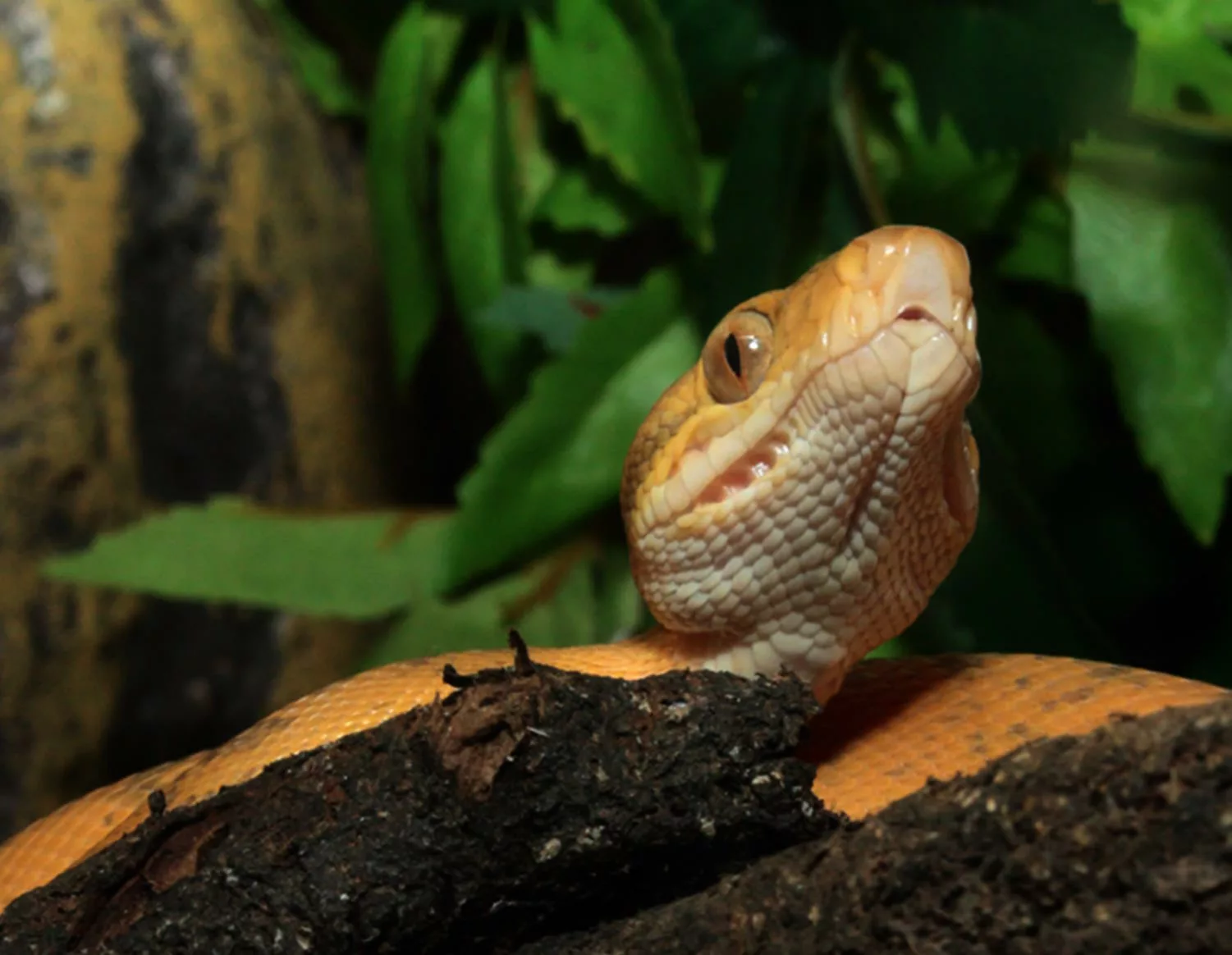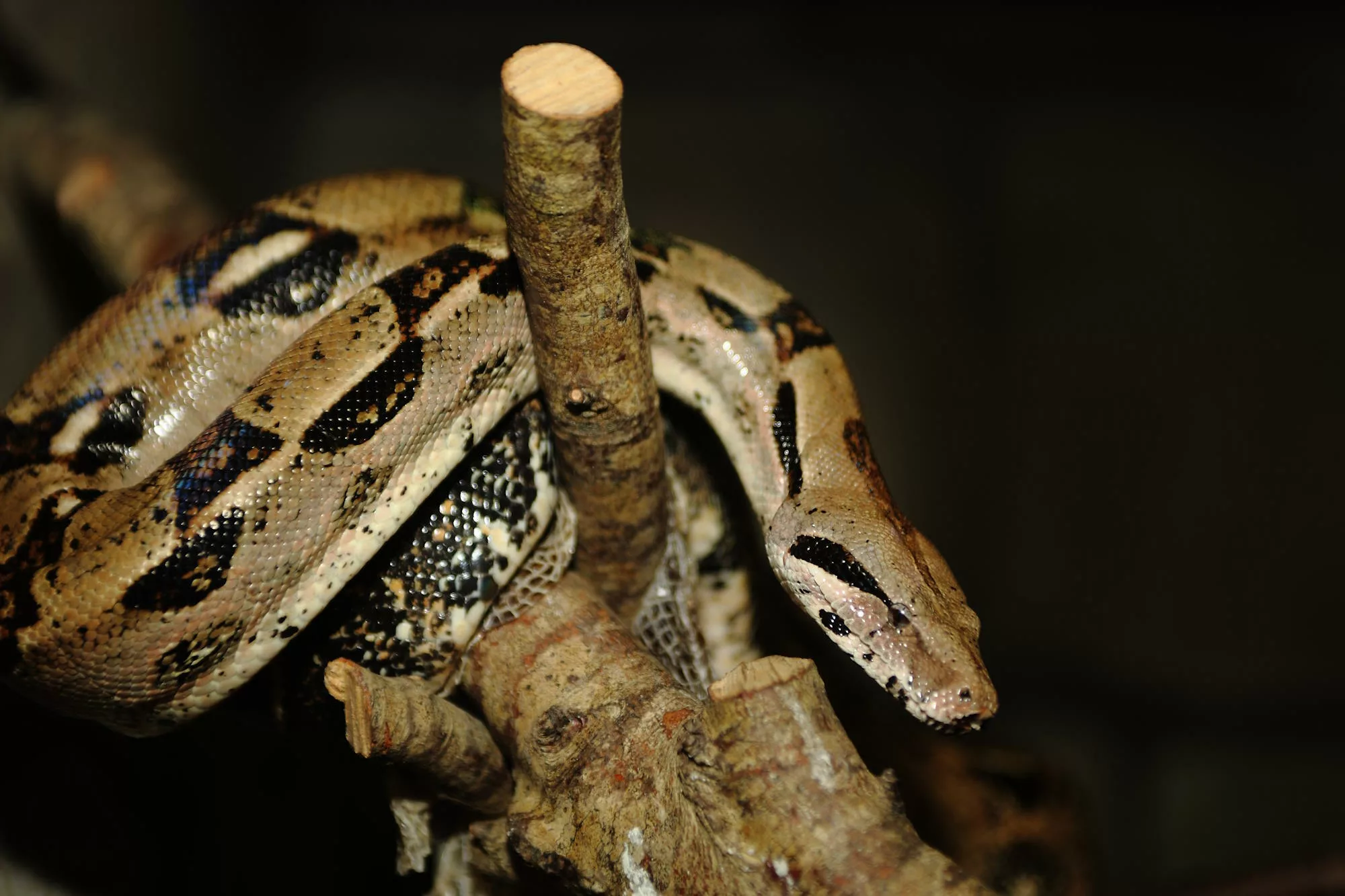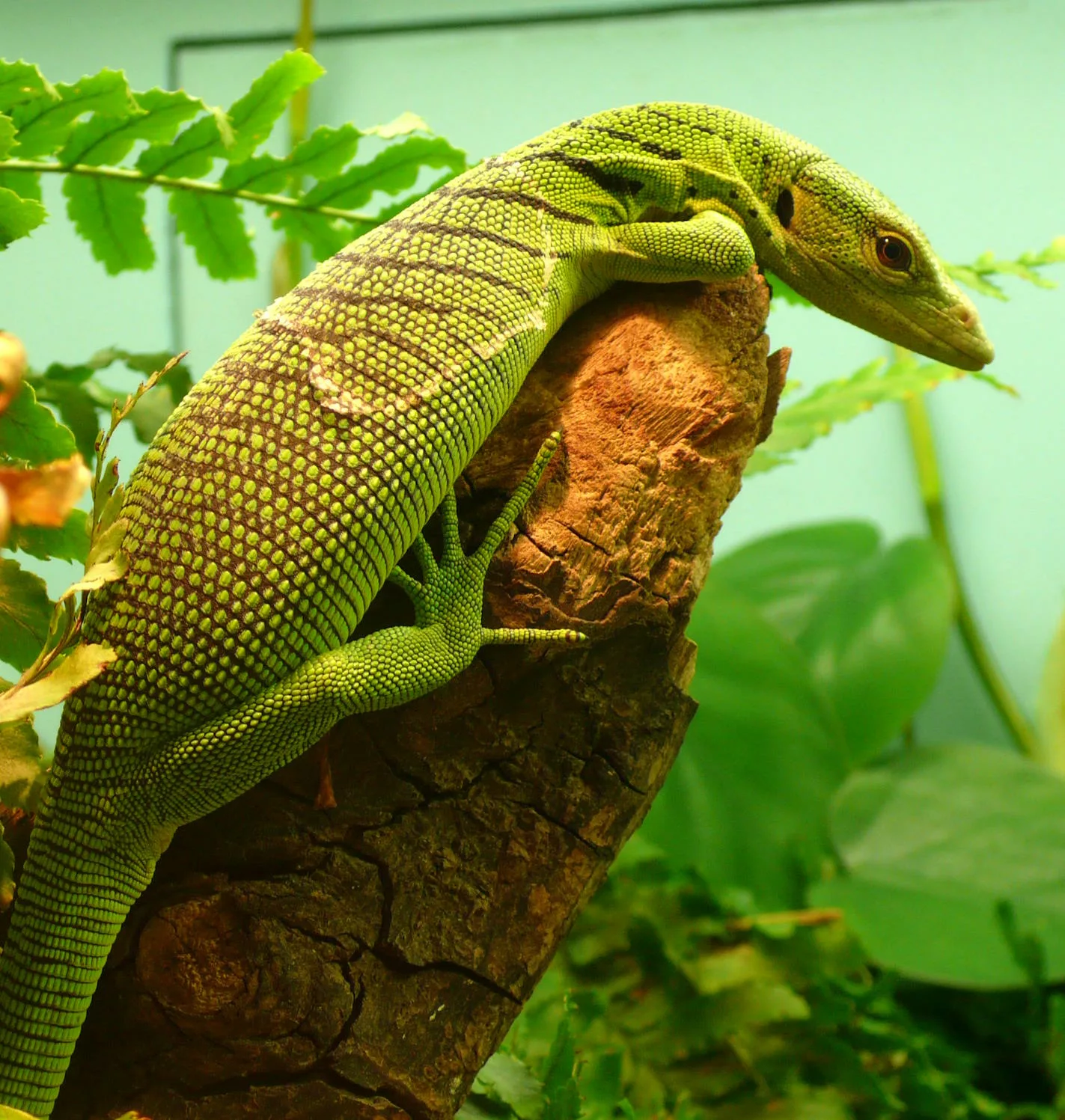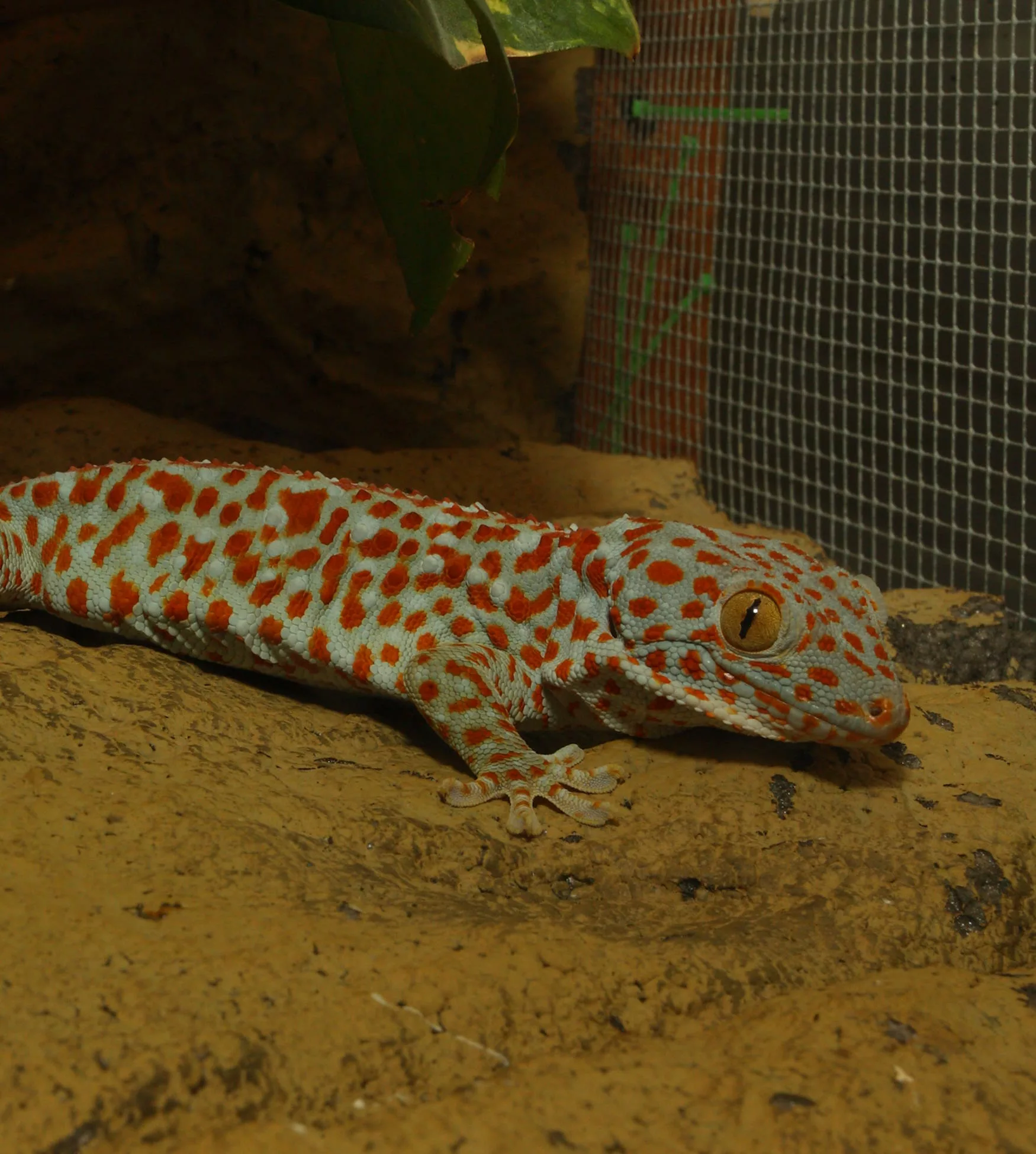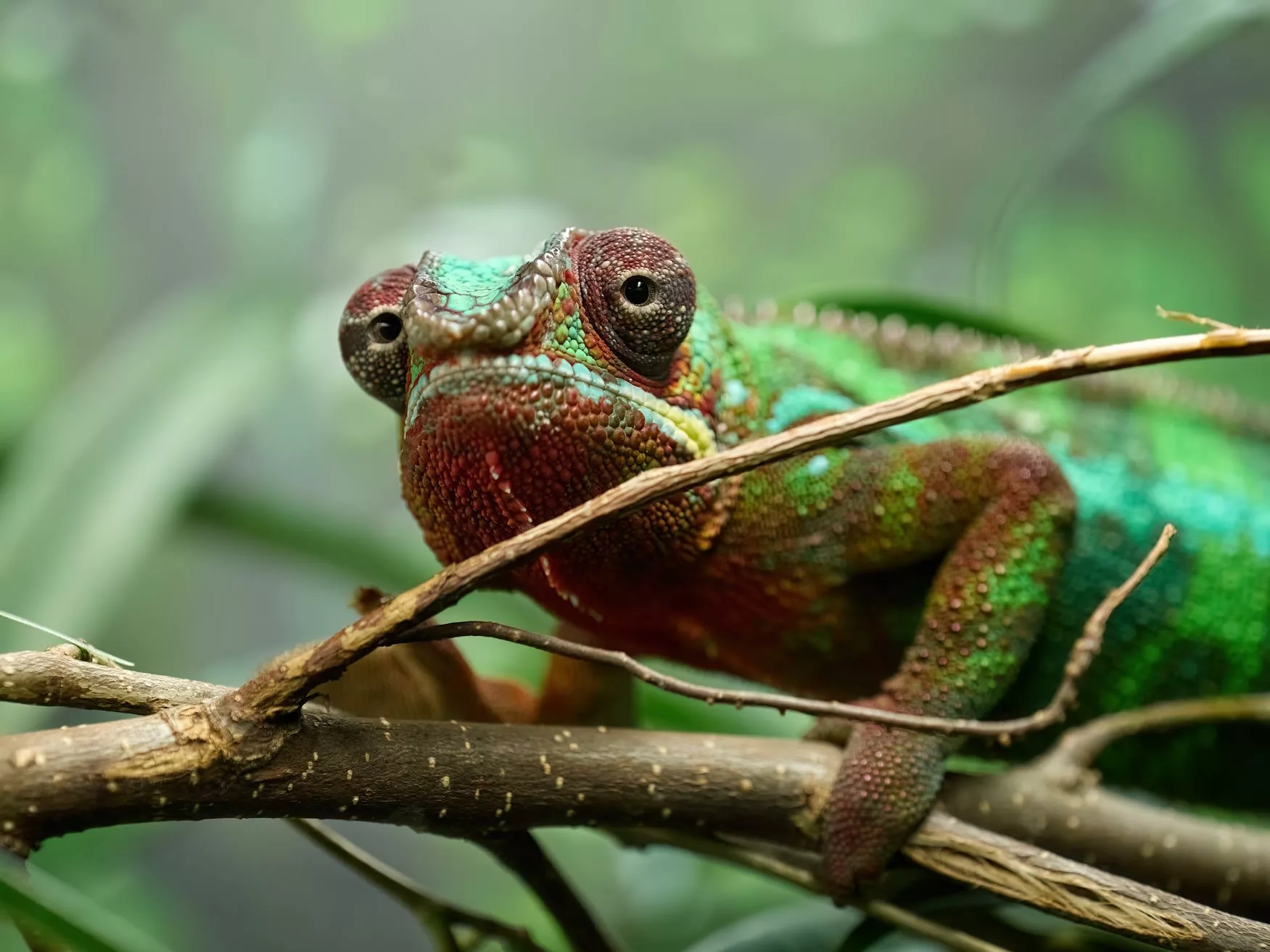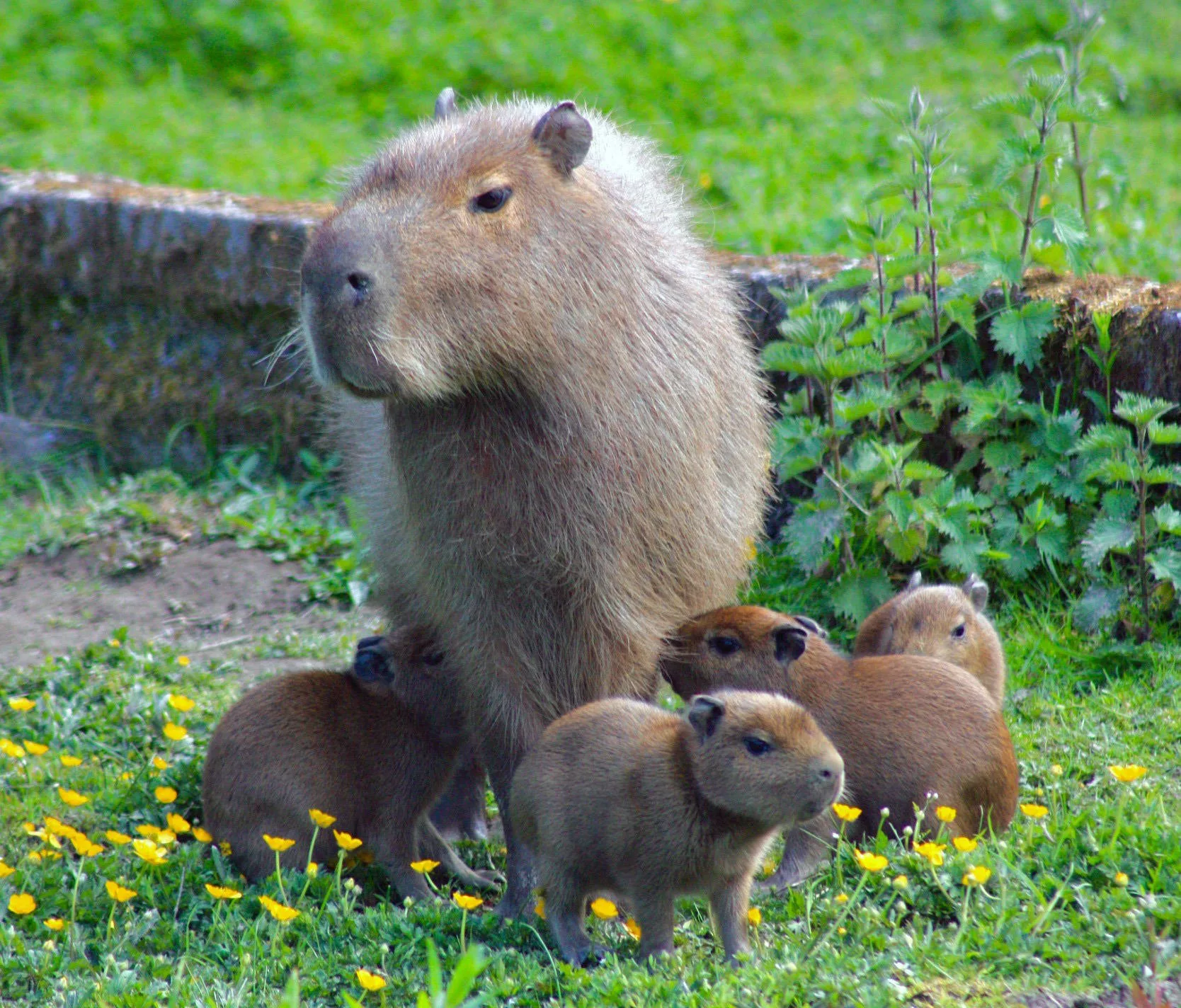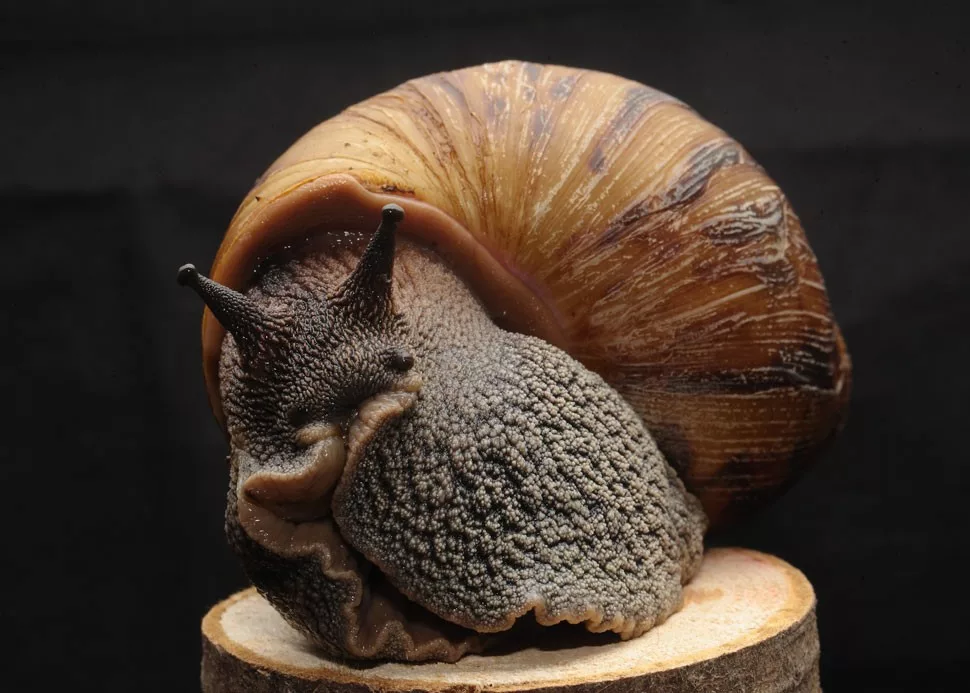
Giant ghana snail
Scientific name: Archachatina marginata
IUCN listed as: Not Evaluated
Learn before you visit!
Here are some facts about the species – Discover what they eat, find out about their natural habitat, see what they like to do, and more… Set the reading style to suit you too, everyday speak or something aimed towards children.
Child-friendly
Everyday
Diet
The Giant Ghana Snail is herbivorous, primarily feeding on a variety of fresh leafy greens, fruits, and vegetables. In the wild, they also consume decomposing plant material and bark. These snails require a diet rich in calcium to maintain their large shells, which can be provided through supplements or calcium-rich foods like cuttlebone. In captivity, they are often fed a balanced diet that includes lettuce, cucumbers, and fruit. This diet helps support their growth and overall health.
Giant Ghana Snails eat fresh leaves, fruits, and vegetables. They also need calcium to keep their shells strong. In the wild, they sometimes eat old plant material and bark. In captivity, they get a mix of lettuce, cucumbers, and fruit.
Breeding
Giant Ghana Snails are hermaphroditic, meaning each snail has both male and female reproductive organs. They can lay between 30 to 300 eggs at a time, usually in damp soil. The eggs hatch within 2-3 weeks, depending on environmental conditions. Young snails grow rapidly, reaching maturity in about 6 months to a year. Breeding success is influenced by factors such as humidity, temperature, and the availability of calcium.
These snails can lay 30 to 300 eggs at a time. The eggs hatch in about 2-3 weeks. Baby snails grow quickly and are adults in 6 months to a year. They need humid and warm conditions to breed well.
Habitat
The Giant Ghana Snail is native to the humid forest zones of West Africa, particularly in countries like Ghana, Nigeria, and Liberia. They thrive in environments with high humidity and warm temperatures. These snails are typically found in dense vegetation, where they can find ample food and shelter. Habitat destruction due to deforestation poses a threat to their natural populations. Conservation efforts focus on protecting and restoring their natural habitats.
Giant Ghana Snails live in the forests of West Africa. They like places that are warm and humid. They are found in dense vegetation where they can find food and shelter. Protecting their homes is very important for their survival.
At the zoo
In zoos, Giant Ghana Snails are kept in terrariums that mimic their natural humid forest floor environment. These enclosures provide adequate space for movement and burrowing, along with a consistent supply of fresh food and calcium supplements. Zoos play a vital role in educating the public about these snails and their ecological importance. They also contribute to conservation efforts by breeding these snails in captivity. Regular monitoring and care ensure the snails remain healthy and active.
In zoos, these snails live in special tanks that are like their natural homes. They get plenty of fresh food and calcium. Zoos help people learn about these snails and how important they are. Zoos also help protect them by breeding them.
Behaviour
Giant Ghana Snails are primarily nocturnal, becoming active at night to forage for food. They are slow-moving and rely on their mucus to glide smoothly over surfaces. During the day, they often burrow into the soil or hide under vegetation to stay cool and moist. These snails communicate through chemical signals, which help them find mates and navigate their environment. Understanding their behaviour is crucial for providing proper care in captivity and for conservation efforts.
These snails are active at night and move slowly. They hide during the day to stay cool and moist. They use chemical signals to find their way and communicate with other snails. Knowing how they behave helps us take good care of them.
Fun facts
- Largest Land Snail: Giant Ghana Snails are among the largest land snails in the world.
- Hermaphroditic: Each snail has both male and female reproductive organs.
- Fast Growth: Baby snails can grow into adults within six months to a year.
- Calcium Lovers: They need lots of calcium to keep their shells strong.
- Nocturnal: They are active at night and rest during the day.
- Big Snails: Giant Ghana Snails are some of the biggest snails on land.
- Special Snails: Each one has both boy and girl parts.
- Quick Growers: Baby snails grow up in about six months to a year.
- Strong Shells: They need lots of calcium to make their shells strong.
- Night Movers: They come out at night to find food.
More animals to discover at our zoo
Quick Links
Tickets & Prices
You can buy tickets for Exmoor Zoo securely online, as well as finding out more price options, discover offers, and more…
What’s on…
Exmoor Zoo hosts incredible Events all through the year. You can find out about what we’ve got in store here…
Routes & info
Like any great discovery, Exmoor Zoo can feel a little off the beaten path – but don’t worry – you can plan your journey with our recommended routes and other useful travel info.
